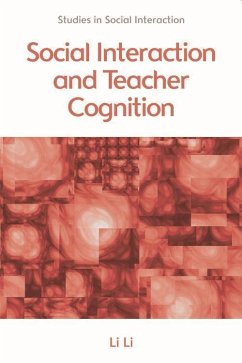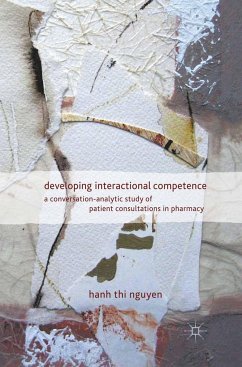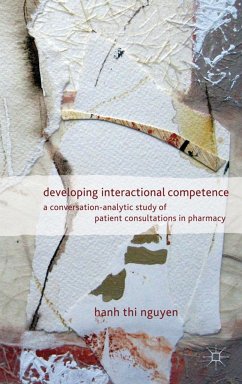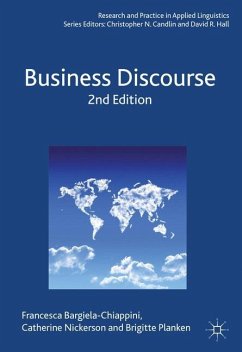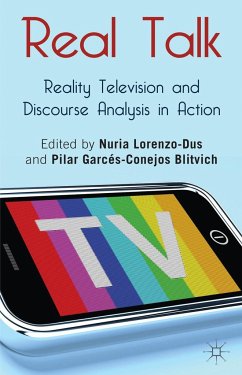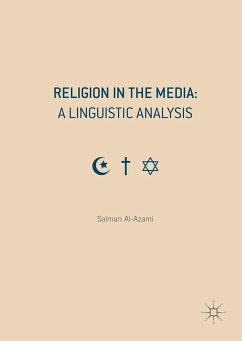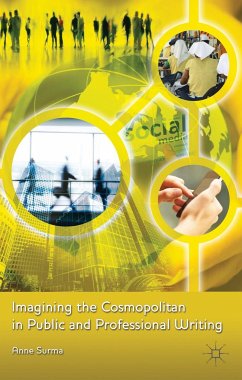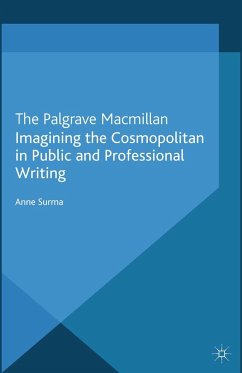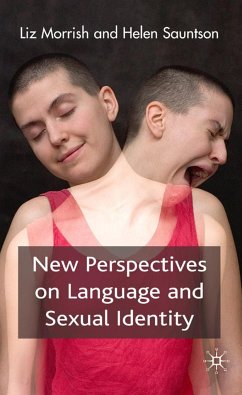
Social Interaction in Language Teacher Education
A Corpus and Discourse Perspective
Versandkostenfrei!
Versandfertig in über 4 Wochen
146,99 €
inkl. MwSt.
Weitere Ausgaben:

PAYBACK Punkte
73 °P sammeln!
A data-led examination of the interactions that take place in language teacher education Combining corpus linguistics and discourse analysis, this book draws on a range of spoken and written data collected from a variety of contexts. It explores interaction in pre- and in-service education programmes and analyses the spoken and written interactions of teachers with varying levels of experience who are adopting a range of modes of interaction. Both face-to-face and online modes of computer-mediated communication are explored. In doing so, the book provides examples of how data can be approached...
A data-led examination of the interactions that take place in language teacher education Combining corpus linguistics and discourse analysis, this book draws on a range of spoken and written data collected from a variety of contexts. It explores interaction in pre- and in-service education programmes and analyses the spoken and written interactions of teachers with varying levels of experience who are adopting a range of modes of interaction. Both face-to-face and online modes of computer-mediated communication are explored. In doing so, the book provides examples of how data can be approached and used to uncover social-interactional themes and issues, in relation to language teacher education and as a micro-context of social interaction in general. With coverage of both theory and practice, this book is a key resource for educators and postgraduate students, in areas such as second language teacher education, TESOL, cross-cultural communication, sociology, philology, as well as discourse analysts. Key features - Provides insight into social interaction in the notoriously private world of language teacher education - Adopts empirical, corpus-based approaches to data analysis, bringing quantitative and qualitative dimensions to the data descriptions - Includes interactional tasks at the end of each chapter to consolidate understanding and encourage reflection - Draws on a number of modes of interaction including face-to-face lectures, tutorials, practice, feedback and online modes of computer-mediated communication, including blogs, discussion forums and chat Fiona Farr is Associate Professor of Applied Linguistics/TESOL at the University of Limerick. Angela Farrell is Course Director of the MA TESOL programme at the University of Limerick. Elaine Riordan is a lecturer in TESOL at the University of Limerick.




